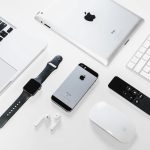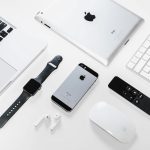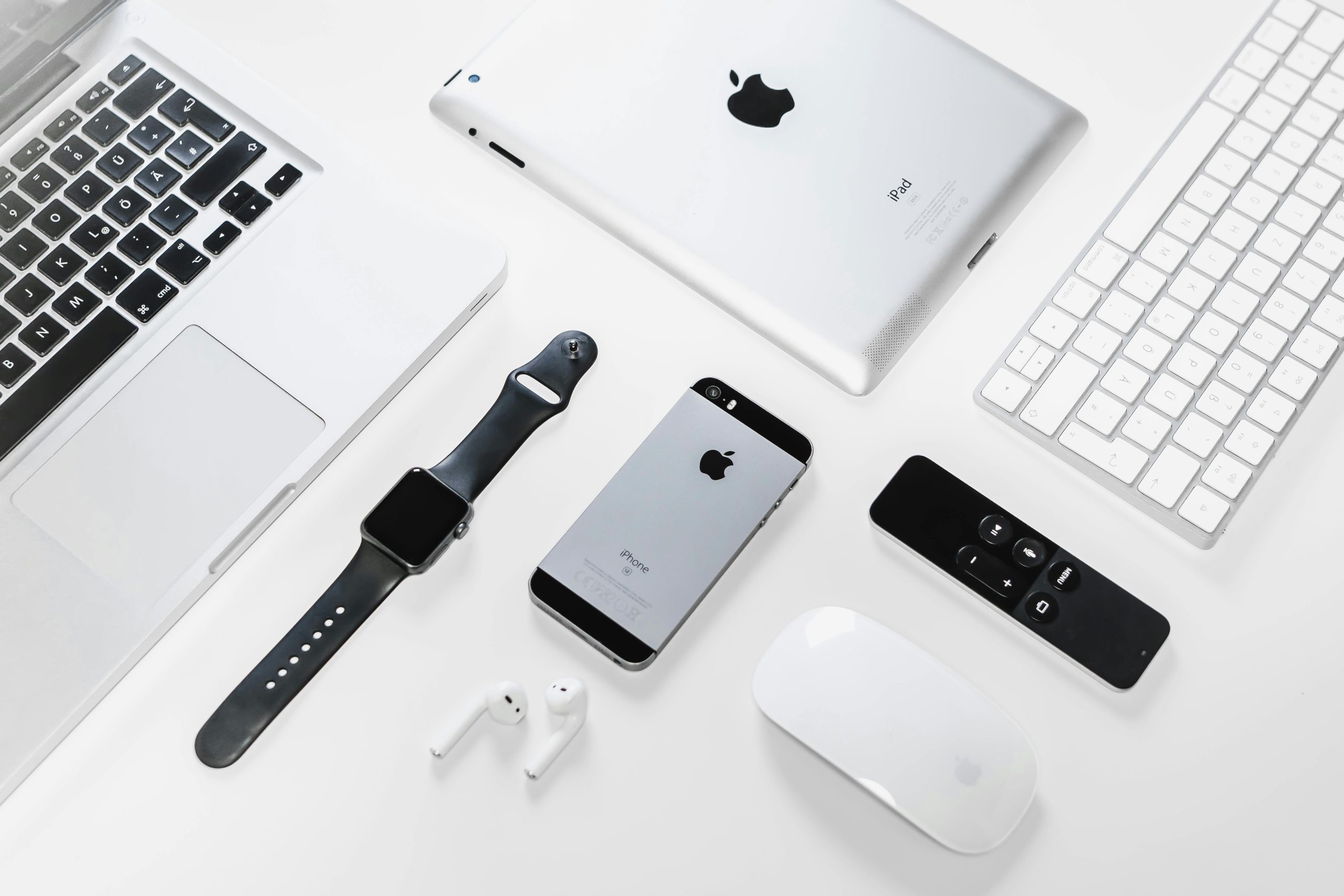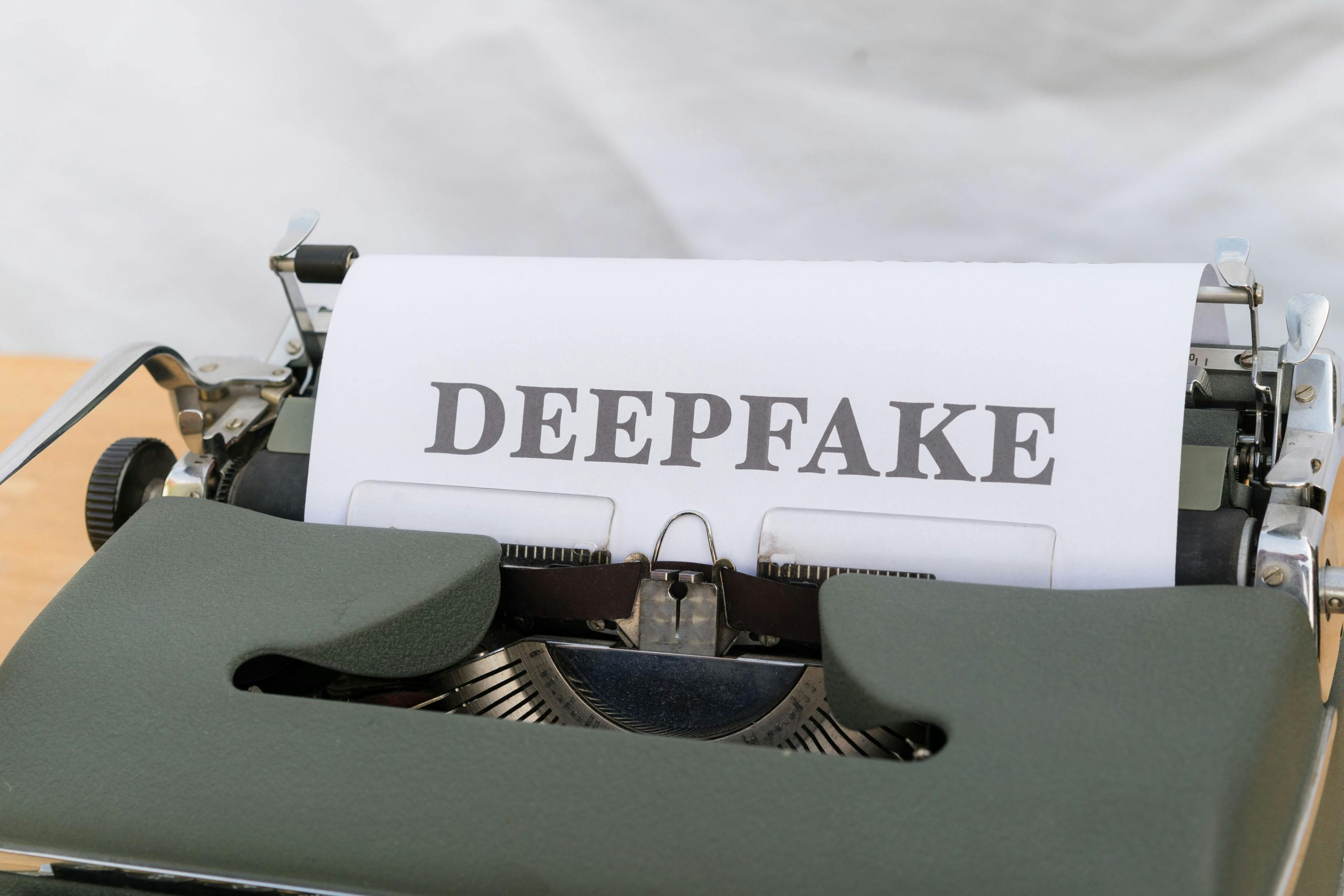A Comprehensive How-To Guide: Using Dolphin Emulator on Android

The Dolphin Emulator allows Android users to experience classic Nintendo GameCube and Wii games on their mobile devices. This guide provides a comprehensive walkthrough of installing, configuring, and optimizing Dolphin Emulator for the best possible gaming experience on your Android smartphone or tablet. With a powerful emulator like Dolphin, you can revisit beloved titles with enhanced graphics and features, bringing a new life to your favorite retro games.
I. Installation and Setup
Getting Dolphin Emulator up and running on your Android device is a straightforward process. The most convenient method is through the Google Play Store, ensuring you have the latest stable version.
A. Downloading Dolphin Emulator
- Open the Google Play Store app on your Android device.
- In the search bar at the top, type “Dolphin Emulator“.
- Locate the official Dolphin Emulator app, typically identified by a dolphin icon and developed by “Dolphin Emulator.”
- Tap on the app and then select “Install.”
- Once the installation is complete, you can open the emulator directly from the Play Store or find its icon in your app drawer.
B. Obtaining Game ROMs
To play games, you will need ROM files (also known as ISOs or game dumps) for your GameCube and Wii titles. It is crucial to obtain these ROMs legally, meaning you should only use copies of games that you physically own. Downloading ROMs from unauthorized sources is considered piracy.
- Legally Ripping Discs: If you own physical GameCube or Wii discs, you can use tools like CleanRip on a modded Wii console to create ISO files of your games. This process involves transferring the ripped game files from your Wii’s SD card or USB drive to your Android device.
- File Formats: Dolphin Emulator supports various game file formats, including ISO, GCM, and RVZ for GameCube, and WBFS, WAD, and RVZ for Wii.
- Extraction: Some downloaded ROMs may come in compressed formats like .zip or .7z. You will need a file archiver app, such as ZArchiver or SevenZipper, to extract these files into a playable format.
C. Adding Games to Dolphin Emulator
After installing Dolphin Emulator and obtaining your game ROMs, you need to tell the emulator where to find them.
- Launch the Dolphin Emulator app.
- Tap the “Add Games” button, usually found in the lower-right corner of the main screen.
- Navigate to the folder on your device where you have stored your extracted game ROMs.
- Select the folder by tapping “Use this folder.”
- You may be prompted to grant Dolphin Emulator permission to access files in that folder; tap “Allow.”
- The emulator will then scan the folder and import your games, displaying them in your library, often with box art.
- If you add new games later, you can either refresh the library or add the new folder.
II. Configuring Dolphin Emulator for Optimal Performance
Dolphin Emulator offers a wide range of settings that can significantly impact performance and visual quality. Fine-tuning these settings is essential for a smooth gaming experience, especially on devices with varying hardware capabilities.
A. General Settings
- Dual Core: Enable this option for a significant performance boost, as it allows the emulator to utilize two CPU cores.
- CPU Core: For most ARM64 devices, the “JIT recompiler (ARM64)” is recommended for optimal performance.
- Speed Limit: While typically set to 100%, some users experiment with higher values (e.g., 200%) for potential speed improvements, though this can also lead to instability.
- Enable Cheats: If you wish to use cheat codes, ensure this option is enabled.
- Enable Savestates: This allows you to save your game progress at any point, which is incredibly useful for difficult sections or for quick saving and loading.
- Override Emulated CPU Clock Speed: This setting can be used to fine-tune CPU performance for specific games, but it’s often best left off unless a particular game requires it.
B. Graphics Settings
The graphics settings are crucial for visual fidelity and performance. Experimenting with these is key to finding the best balance for your device.
- Video Backend: You have two primary options: Vulkan and OpenGL. Vulkan generally offers better performance on modern devices, but OpenGL might be more stable or perform better on older or less compatible hardware. It’s recommended to test both to see which works best for your device and specific games.
- Show FPS: Enabling this will display the frames per second, allowing you to monitor performance.
- Compile Shaders Before Starting: Turning this on can help reduce stuttering during gameplay by pre-compiling shaders. However, it may increase initial game loading times.
- Aspect Ratio: “Stretch to Window” or “16:9” are common choices for a widescreen experience. “Auto” will maintain the game’s original aspect ratio, potentially adding black bars on the sides.
- Internal Resolution: This setting controls the rendering resolution. Increasing it (e.g., 2x Native, 3x Native) will sharpen the image but significantly impact performance. Start with 1x Native and gradually increase it if your device can handle it.
- Texture Filtering: Options like “Force Linear” or anisotropic filtering can improve texture clarity, but may also affect performance.
- Scaled EFB Copy: Enabling this can improve compatibility and performance in some games.
- Force 24-Bit Color: This can enhance color depth but might have a minor performance impact.
C. Hacks and Enhancements
Dolphin offers various “hacks” and enhancements that can fix graphical glitches or boost performance, though some may introduce instability.
- Skip EFB Access from Memory: Enabling this can improve performance in many games.
- Ignore Format Changes: Another setting that can help with compatibility and performance.
- Store EFB Copies to Texture Only: This can resolve certain graphical issues and improve performance.
- Defer EFB Copies to RAM: Similar to the above, this can aid in performance and compatibility.
- Backend Multithreading: Enabling this can improve performance on devices with multiple CPU cores.
III. Controller Configuration
Using a physical controller significantly enhances the gaming experience. Dolphin Emulator supports various controllers, including Bluetooth gamepads and even some console-specific controllers via adapters.
A. Connecting Your Controller
- Ensure your controller is paired with your Android device via Bluetooth or USB.
- For Bluetooth controllers, put the controller in pairing mode and then search for it in your Android device’s Bluetooth settings.
B. Mapping Controller Inputs
Once connected, you need to map your controller’s buttons and analog sticks to the emulator’s inputs.
- Open Dolphin Emulator and tap the gear icon (Settings).
- Navigate to GameCube Input or Wii Input, depending on the game you intend to play.
- For GameCube controller input, tap the gear icon next to “GameCube Controller 1.”
- Under the “Device” section, your connected controller should be listed. If not, ensure it’s properly paired.
- You will see a list of GameCube controller buttons (A, B, X, Y, Start, D-pad, Analog Sticks, etc.).
- Tap on each button in the emulator’s list and then press the corresponding button on your physical controller to map it.
- Repeat this process for all necessary buttons, including the analog sticks and D-pad.
- For Wii games, you may need to configure Wii Remote and Nunchuk inputs, including motion controls if supported by your controller and the game.
C. Customizing On-Screen Controls
If you prefer to play using touch controls or need to adjust them, Dolphin Emulator offers customization options:
- While a game is running, access the emulator’s menu by swiping from the side of the screen or pressing the back button.
- Select “Overlay Controls.”
- Here you can:
- Edit Layout: Drag and drop buttons to reposition them.
- Adjust Controls: Resize buttons and change their opacity.
- Toggle Controls: Hide or show the on-screen buttons.
IV. Advanced Features and Troubleshooting
Dolphin Emulator offers advanced features like Netplay and specific game configurations, along with solutions for common issues.
A. Netplay (Online Multiplayer)
Netplay allows you to play games with others online. However, as of recent information, the official Android version of Dolphin Emulator may not fully support Netplay. Users have explored workarounds using other applications or PC versions for Netplay functionality.
B. Game-Specific Settings
Some games may require unique configurations for optimal performance or to fix specific issues. You can often set these on a per-game basis:
- In your game library, long-press on the game you wish to configure.
- Select “Edit Game Settings.”
- Here you can adjust graphics, audio, and other settings that will only apply to that specific game.
C. Troubleshooting Common Issues
- Crashing or Not Responding: If the emulator crashes or stops working, try clearing the emulator’s cache and data (this may delete your save states, so back them up if possible). Ensure your device’s operating system and Dolphin Emulator are updated.
- Black Screen: A black screen often indicates a graphics driver issue or an incompatible setting. Try switching between Vulkan and OpenGL video backends, or adjust graphics settings like EFB copies.
- Poor Performance/Lag:
- Ensure your device meets the recommended specifications (a Snapdragon 700 series or higher is generally recommended, with Snapdragon 845 or higher for more demanding Wii games).
- Close all other background applications to free up system resources.
- Lower the internal resolution and other demanding graphics settings.
- Experiment with different video backends (Vulkan vs. OpenGL).
- Ensure your device is not overheating, as thermal throttling can severely impact performance.
- Network/Connection Errors: If you encounter network issues, ensure you have a stable internet connection and check any firewall or network settings on your device.
V. System Requirements and Recommendations
To run Dolphin Emulator smoothly, particularly for more demanding GameCube and Wii titles, a reasonably powerful Android device is necessary.
- Processor: A Snapdragon 730G or higher is recommended for a good experience, with Snapdragon 845 or higher being ideal for more intensive games, especially Wii titles.
- RAM: A minimum of 4GB of RAM is suggested, with 8GB or more providing a smoother experience.
- GPU: Adreno GPUs generally perform well, while Mali GPUs might require more configuration.
- Storage: Ensure you have sufficient free storage space for the emulator and your game ROMs.
- Android Version: Dolphin Emulator generally runs on Android 9.0 and above.
By following this guide, you should be well-equipped to set up and enjoy your favorite GameCube and Wii games on your Android device using the powerful Dolphin Emulator.









